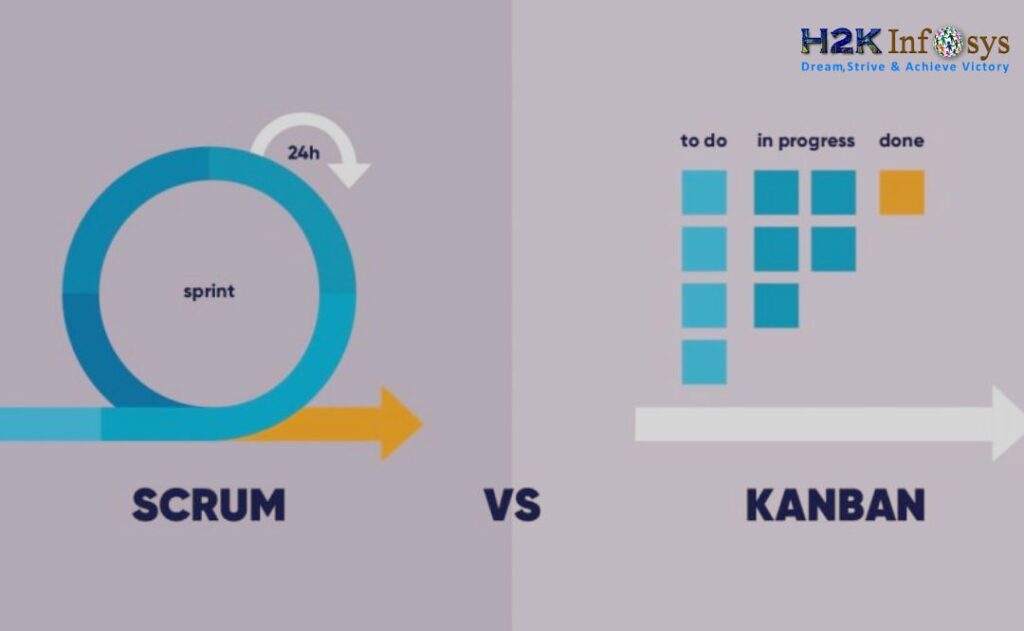Python, known for its simplicity and readability, is a language of choice for beginners and experienced developers alike. Among its many features, Python’s powerful indexing capabilities stand out as a fundamental concept that every developer must master. One such feature is the use of square brackets [] for indexing, particularly [1], which is commonly encountered when working with lists, tuples, strings, and other sequences in Python.
In this guide, we will dive deep into the meaning and significance of [1] in Python, exploring how it works with different data types, its role in slicing, and some advanced use cases that demonstrate its versatility. By the end of this article, you’ll have a comprehensive understanding of [1] and how to effectively use it in your Python code.
The Basics of Indexing in Python
Before we get into the specifics of [1], it’s important to understand the basics of indexing in Python. Python uses zero-based indexing, which means that the first element in any sequence is accessed with the index 0. Therefore, when you use [1] with a sequence, you are referring to the second element.
Example:
pythonCopy codemy_list = [10, 20, 30, 40]
print(my_list[1]) # Output: 20
In the above example, my_list[1] accesses the second element of the list, which is 20.
Working with Lists
Lists are one of the most commonly used data types in Python, and they are often where developers first encounter indexing. Lists are ordered, mutable sequences, meaning you can change the order of elements, and they are accessible via indexes.
Accessing Elements:
Using [1] with a list gives you the second element of the list.
Example:
pythonCopy codefruits = ['apple', 'banana', 'cherry', 'date']
print(fruits[1]) # Output: banana
Modifying Elements:
You can also modify the element at a specific index.
Example:
pythonCopy codefruits[1] = 'blueberry'
print(fruits) # Output: ['apple', 'blueberry', 'cherry', 'date']
Tuples and Immutability
Tuples are similar to lists but are immutable, meaning once they are created, their elements cannot be changed. Despite this immutability, you can still access elements using indexes.
Example:
pythonCopy codecoordinates = (10, 20, 30)
print(coordinates[1]) # Output: 20
In this example, coordinates[1] accesses the second element of the tuple, which is 20. While you can access elements in a tuple using indexes, you cannot modify them.
Strings and Indexing
Strings in Python are sequences of characters, and like lists and tuples, they support indexing. This allows you to access individual characters in a string using their index.
Example:
pythonCopy codegreeting = "Hello, World!"
print(greeting[1]) # Output: e
Here, greeting[1] retrieves the second character in the string, which is e.
The Role of [1] in Slicing
Slicing is a powerful feature in Python that allows you to access a subset of a sequence. Slicing is done by specifying a start and end index, separated by a colon :.
Example:
pythonCopy codenumbers = [10, 20, 30, 40, 50]
slice = numbers[1:4]
print(slice) # Output: [20, 30, 40]
In this example, numbers[1:4] creates a slice starting at index 1 (inclusive) and ending at index 4 (exclusive), resulting in [20, 30, 40].
Advanced Indexing: Negative Indexes
It also supports negative indexing, which allows you to access elements from the end of a sequence. The index -1 refers to the last element, -2 to the second last, and so on.
Example:
pythonCopy codemy_list = [10, 20, 30, 40]
print(my_list[-1]) # Output: 40
print(my_list[-2]) # Output: 30
Here, my_list[-1] gives the last element of the list, and my_list[-2] gives the second-to-last element.
[1] with Nested Structures
When working with nested data structures like lists of lists or tuples of tuples, [1] can be used to access elements within the nested structure.
Example:
pythonCopy codenested_list = [[1, 2, 3], [4, 5, 6], [7, 8, 9]]
print(nested_list[1]) # Output: [4, 5, 6]
print(nested_list[1][2]) # Output: 6
In this example, nested_list[1] accesses the second list [4, 5, 6], and nested_list[1][2] accesses the third element of that list, which is 6.
Handling IndexErrors
One common mistake when using indexing is accessing an index that is out of range, which results in an IndexError. This can happen if you try to access an element in a sequence that doesn’t exist.
Example:
pythonCopy codemy_list = [10, 20, 30]
# print(my_list[5]) # This will raise an IndexError
To avoid IndexError, you should always ensure that the index is within the valid range of the sequence.
Practical Applications of [1]
Understanding the significance of [1] is not just an academic exercise; it has practical applications in various coding scenarios. Here are a few examples:
a. Iterating Over Lists:
When iterating over a list and processing elements in pairs, [1] can be used to access the second element of each pair.
Example:
pythonCopy codepairs = [(1, 2), (3, 4), (5, 6)]
for pair in pairs:
print(pair[1]) # Output: 2, 4, 6
b. Extracting Substrings:
In text processing, [1:] is often used to remove the first character of a string.
Example:
pythonCopy codeword = "Python"
print(word[1:]) # Output: ython
c. Working with Matrices:
In matrix-like structures (lists of lists), [1] can be used to access specific rows or columns.
Example:
pythonCopy codematrix = [
[1, 2, 3],
[4, 5, 6],
[7, 8, 9]
]
second_row = matrix[1]
print(second_row) # Output: [4, 5, 6]
Common Mistakes and How to Avoid Them
While using [1] is straightforward, beginners often make mistakes such as:
- Off-by-one errors: Forgetting that indexing starts at
0can lead to unexpected results. - Assuming lists are zero-indexed in all languages: This might cause confusion if you are switching between languages with different indexing rules.
- Indexing out of range: As mentioned earlier, accessing an index that doesn’t exist results in an
IndexError.
To avoid these pitfalls, always double-check the length of your sequence before indexing and remember that is uses zero-based indexing.
Best Practices for Using [1]
To effectively use indexing in Python, consider the following best practices:
- Understand the structure of your data: Before using
[1], ensure you understand the sequence you’re working with, whether it’s a list, tuple, or string. - Use meaningful variable names: Instead of working directly with indexes, use descriptive variable names that clarify what each index represents.
- Check bounds: Always validate the length of your sequence before accessing an index to avoid
IndexError.
Conclusion
The significance of [1] in This extends beyond simple index access. It is a gateway to understanding Python’s powerful sequence manipulation capabilities. Whether you are working with lists, tuples, strings, or nested structures, mastering the use of [1] will enhance your ability to write efficient and effective code.
By understanding how [1] operates across different data types and in various contexts, you can leverage this knowledge to build more robust and versatile applications. As you continue to learn and grow as a developer, the fundamental concept of indexing will become an indispensable tool in your programming toolkit.
![Understanding the Significance of [1] in Python: A Comprehensive Guide](https://www.h2kinfosys.com/blog/wp-content/uploads/2024/08/programming-background-with-html-1-768x513.webp)


























